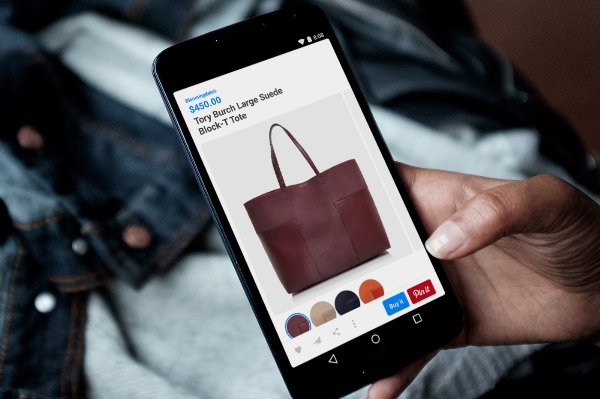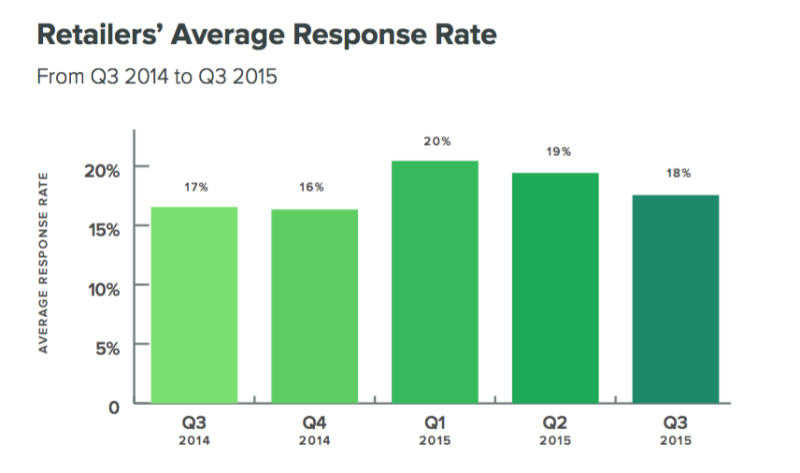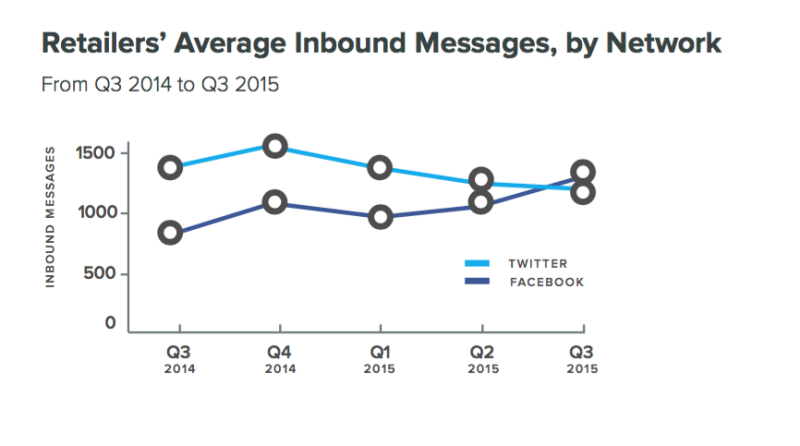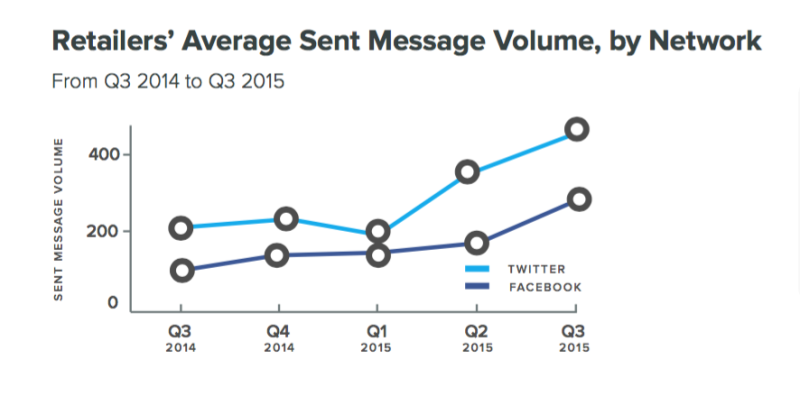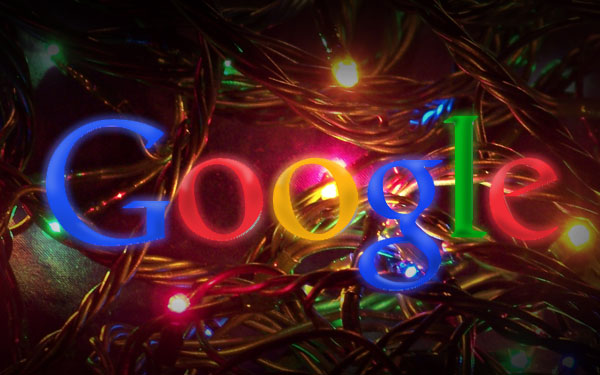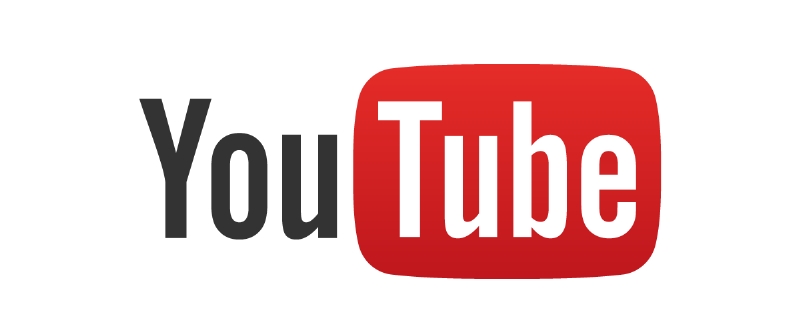
2015 is coming to a close, and Google has begun their end-of-the-year celebrations by highlighting the most popular videos of the year. The past year has been an especially big one for YouTube, which has been celebrating its 10th birthday all year long.
It has also been the first year that YouTube has seen true competition. Facebook’s video platform has given the service a run for its money, by giving videos a wider platform and more prominent place in news feeds.
Despite this challenge, YouTube continues to be one of the largest platforms in the world, and is still synonymous with internet video. The past year, the service has helped drive a dance craze that swept the nation, become the new home of Super Bowl ads, and helped promote equality with these videos:
Google’s Top Trending Videos of 2015
1. Silento- Watch Me (Whip/Nae Nae) #WatchMeDanceOn by Tianne King
2. Clash of Clans: Revenge (Official Super Bowl TV Commercial) by Clash of Clans
3. Crazy Plastic Ball PRANK!! by RomanAtwood
4. Love Has No Labels | Diversity & Inclusion | Ad Council by Ad Council
5. Lip Sync Battle with Will Ferrell, Kevin Hart and Jimmy Fallon by The Tonight Show Starring Jimmy Fallon
https://www.youtube.com/watch?v=HvRypx1lbR4
6. Justin Bieber Carpool Karaoke by The Late Late Show with James Corden
7. 6ft Man in 6ft Giant Water Balloon – 4K – The Slow Mo Guys by The Slow Mo Guys
8. Golden boy Calum Scott hits the right note | Audition Week 1 | Britain’s Got Talent 2015 by Britain’s Got Talent
9. Dover Police DashCam Confessional (Shake it Off) by Dover Police
10. Mean Tweets – President Obama Edition by Jimmy Kimmel Live
To help reminisce about 2015, YouTube also gathered over 150 YouTube creators for the latest installation of YouTube’s annual Rewind video, showcasing everything from dance prodigies, TV personalities, and even an insane plastic ball fight.
YouTube is certain to be a huge part of all of our lives for the years to come and these videos show the wide variety of videos you can find across the site. If you have a video you want seen in 2016, especially business related videos, YouTube is the place to look.

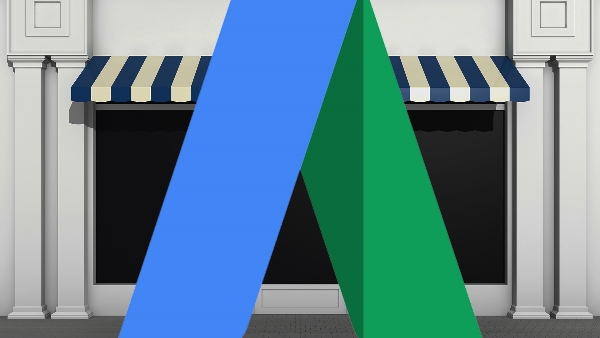
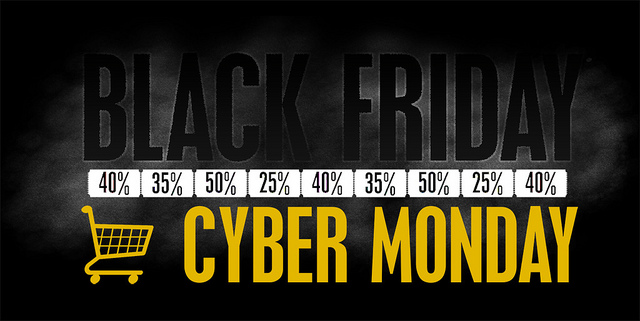
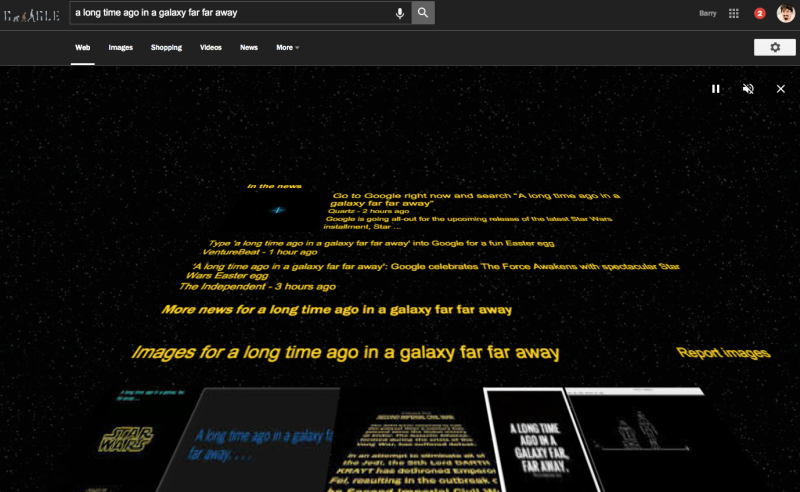
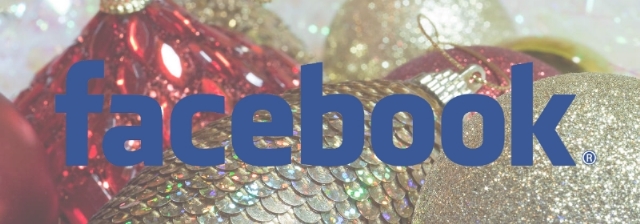
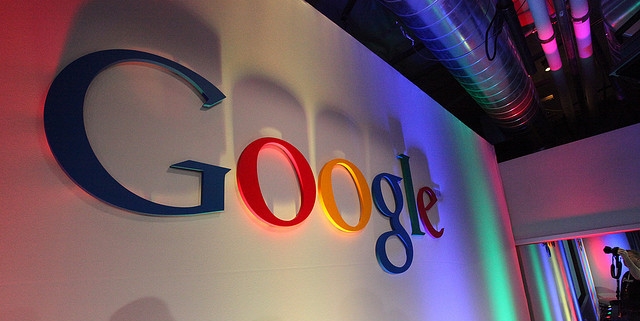
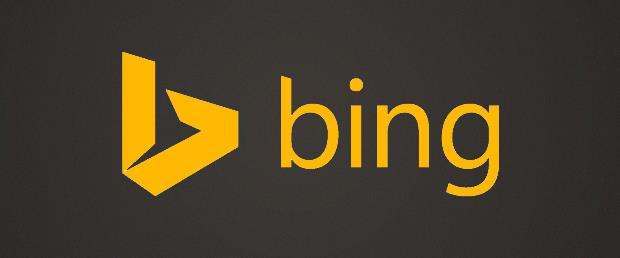
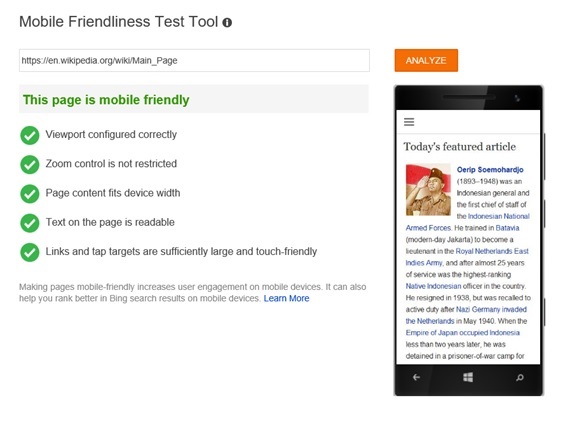
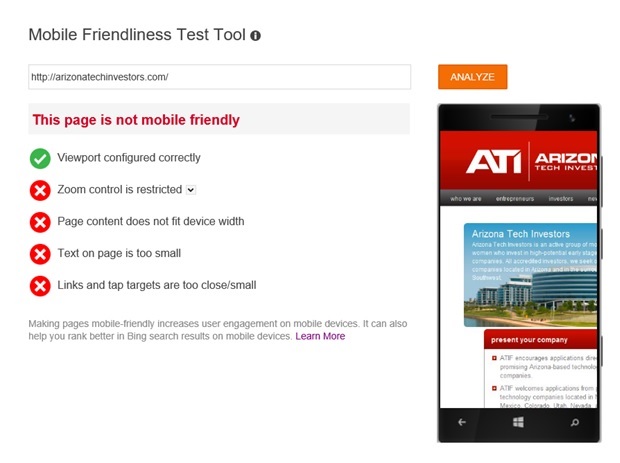
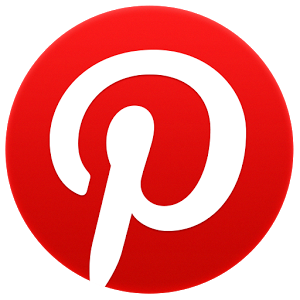 After months of anticipation, Pinterest’s Buyable Pins have finally come to Android. The long-awaited e-commerce feature was launched for iPhone and iPad users back in July, but the service only started rolling out for Android users last week.
After months of anticipation, Pinterest’s Buyable Pins have finally come to Android. The long-awaited e-commerce feature was launched for iPhone and iPad users back in July, but the service only started rolling out for Android users last week.